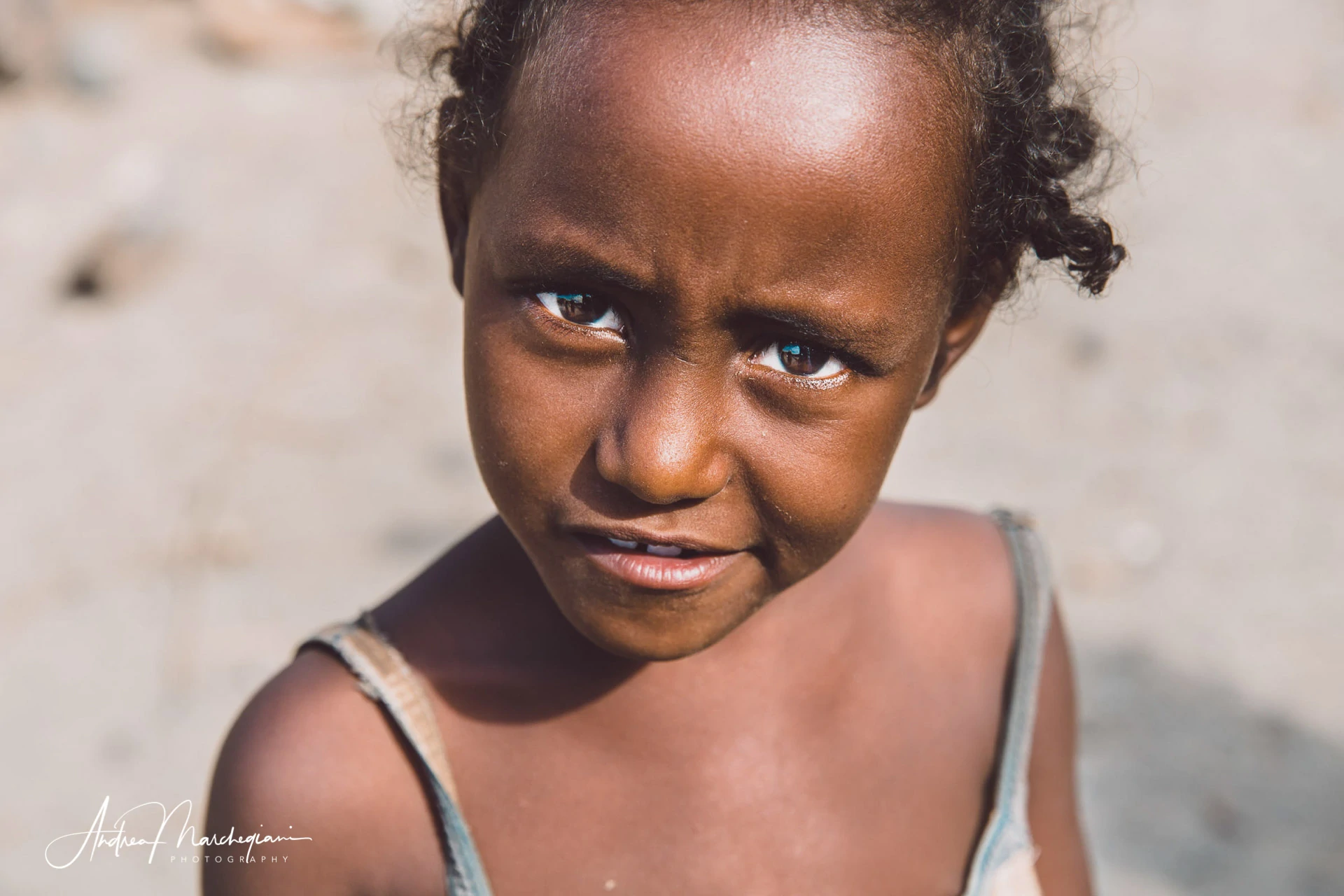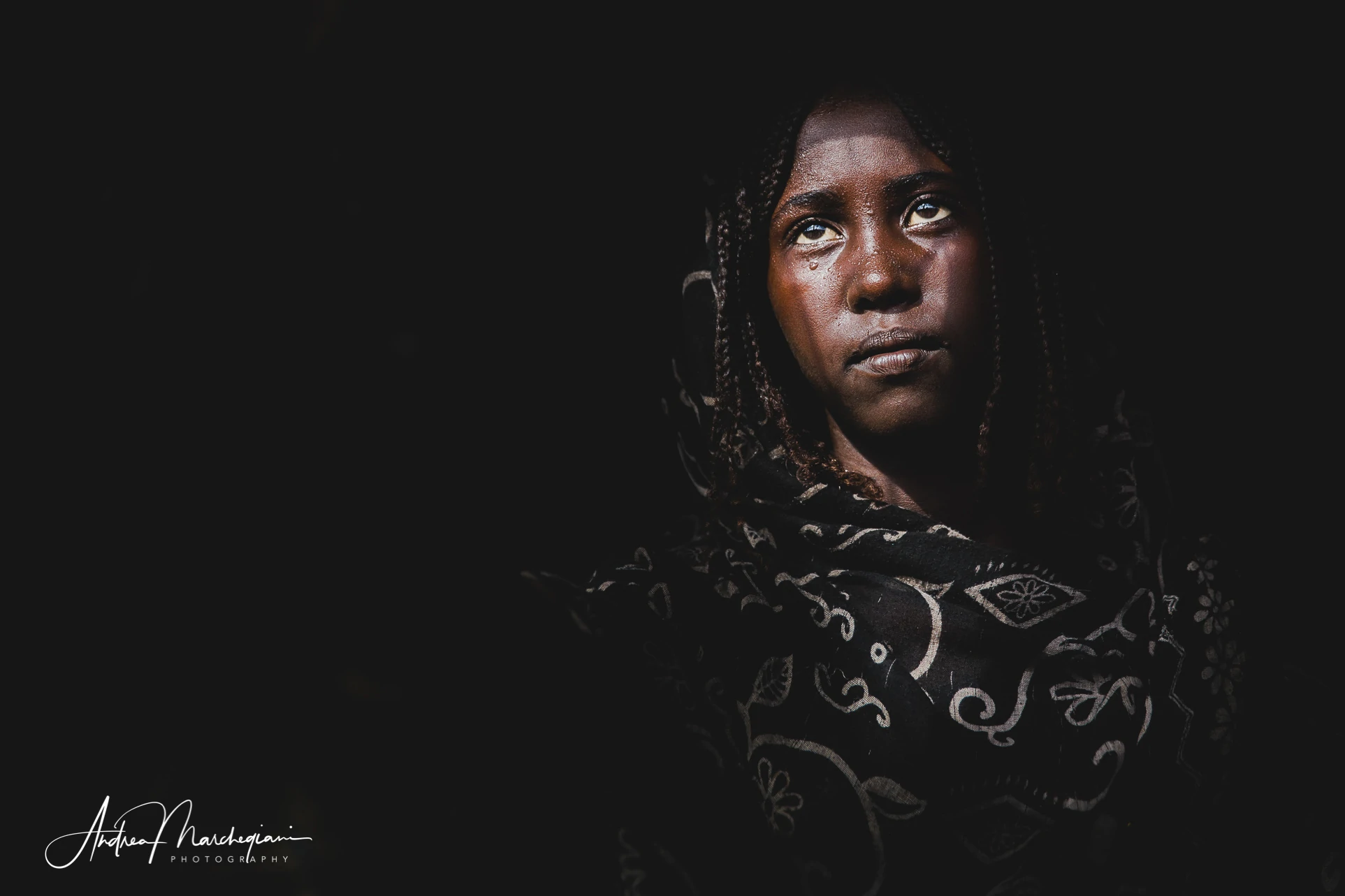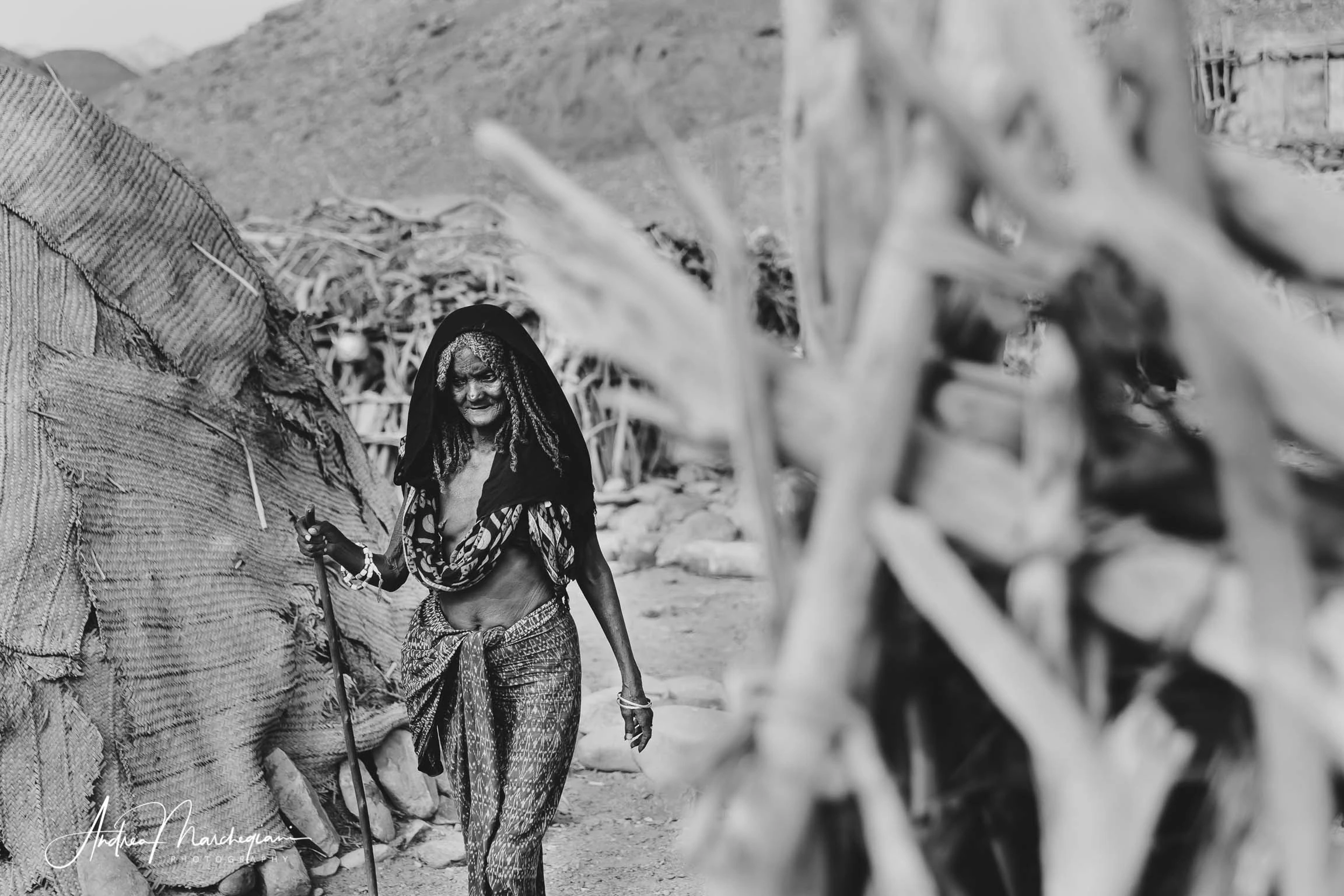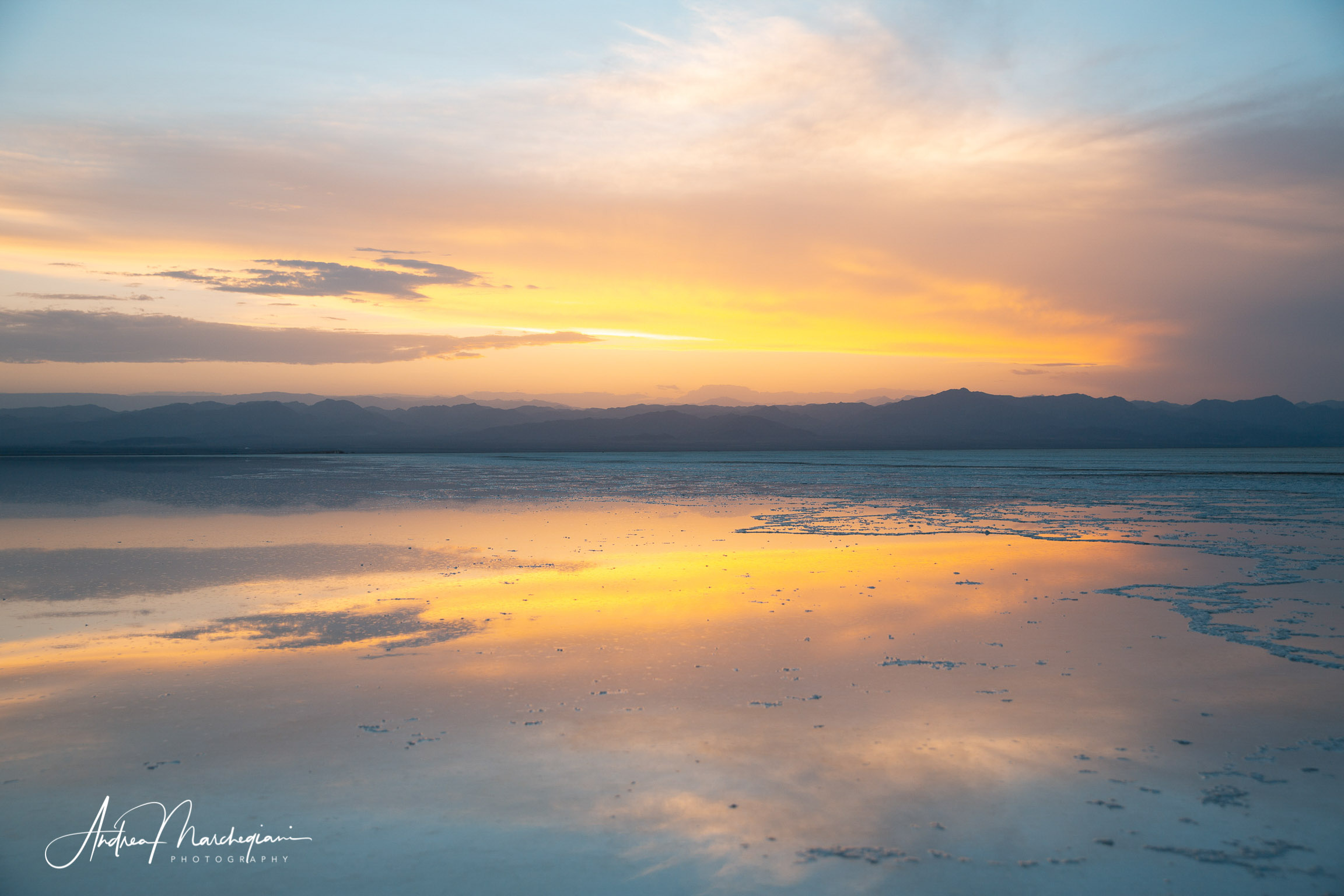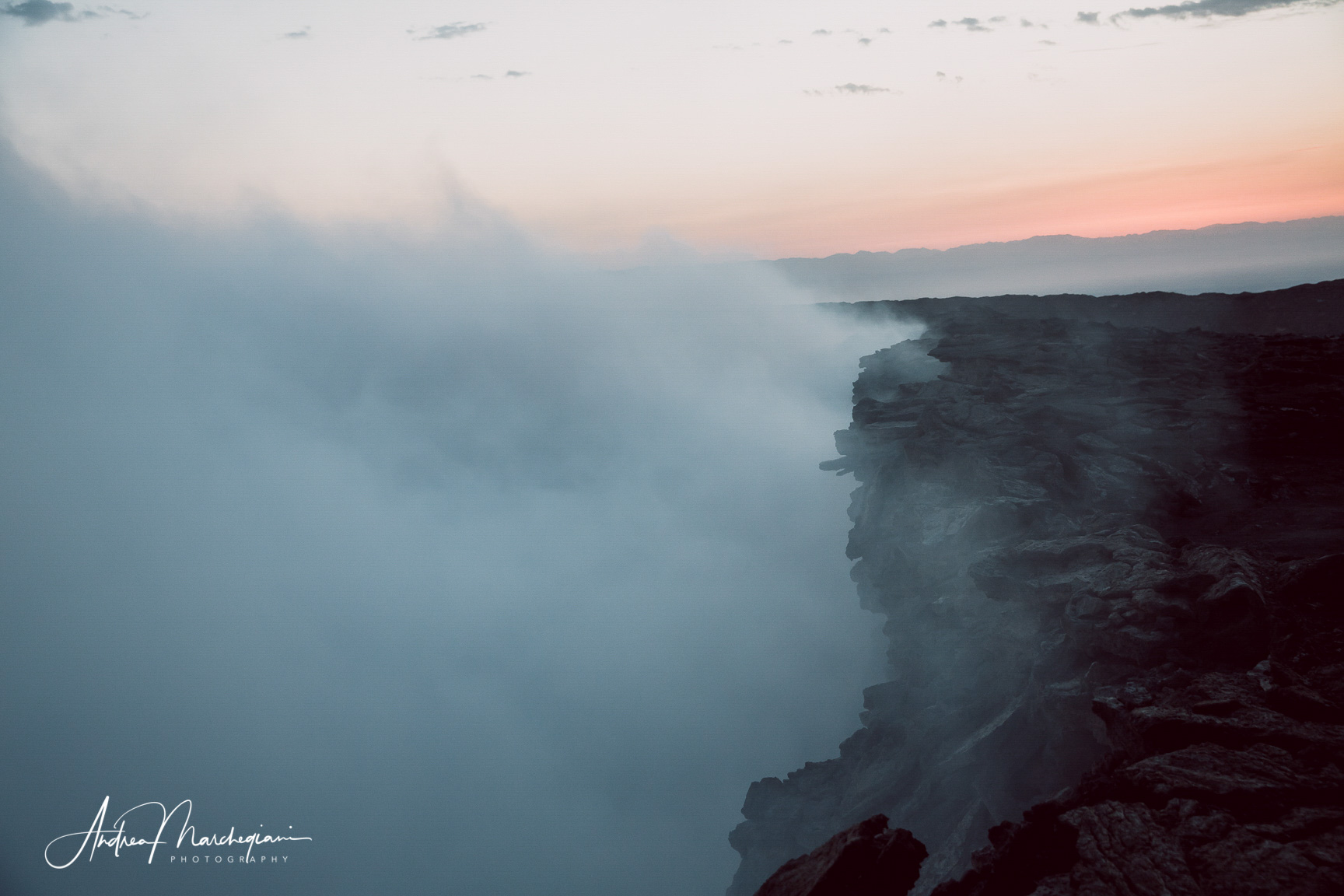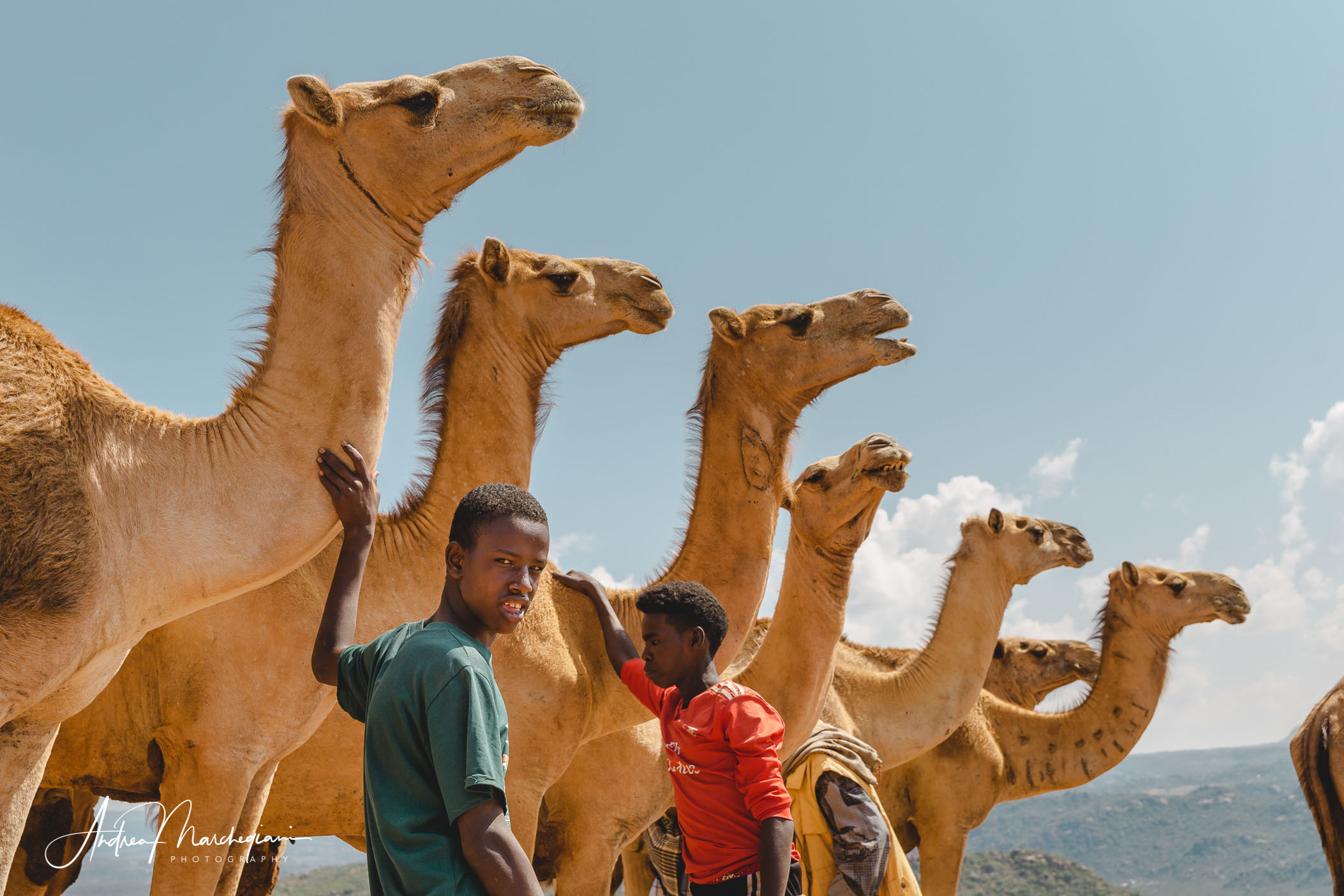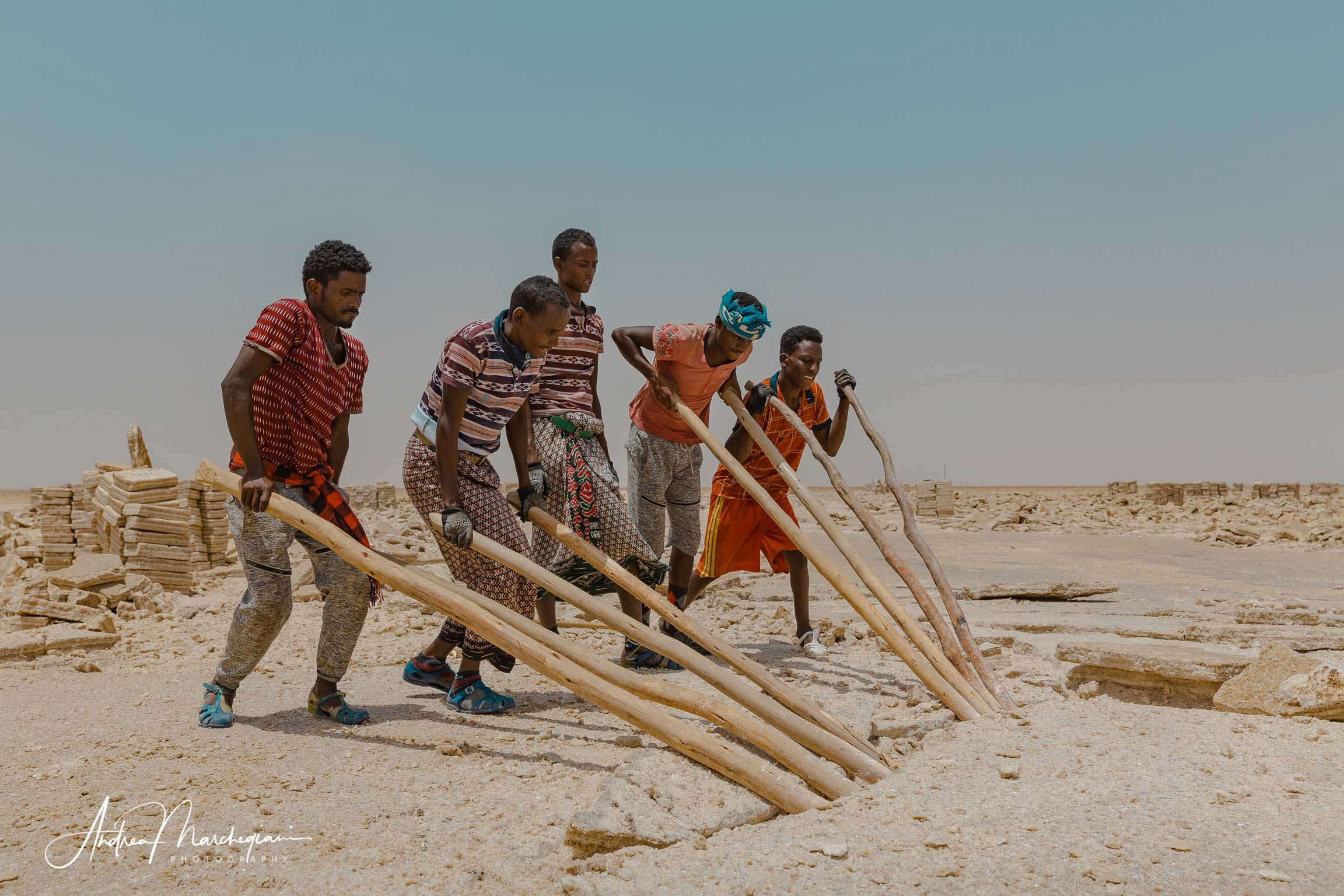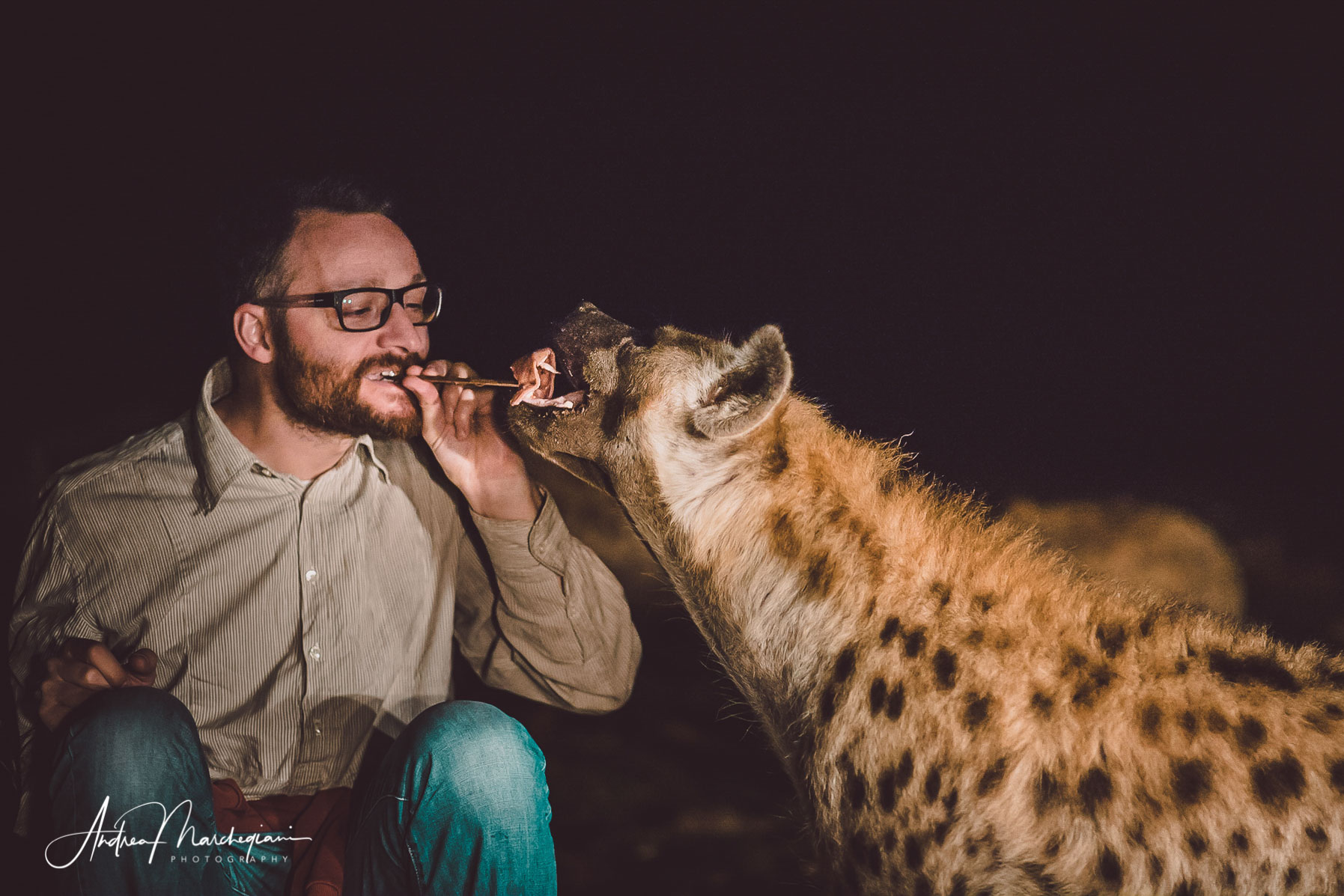
- Home
- Photo Galleries
- Portrait Photography
- Landscape Photography
- Street Photography
- China
- Ethiopia
- India
- Holy Ganges
- Varanasi
- Varanasi Ganga Aarti
- Varanasi, Manikarnika Ghat
- Varanasi Streets & Alleys
- Varanasi Demolition
- Varanasi Fruit Market
- Sarnath
- Brick Kilns
- Tamil Nadu, Chennai & Mamallapuram
- Tamil Nadu, Fort Tirumayam & Madurai
- Tamil Nadu, Tiruvannamalai & Thanjavur
- Kerala, Munnar
- Kerala, Peryiar
- Kerala, Backwaters
- Kerala, Kochi
- Kazakhstan
- Myanmar
- Senegal
- Uzbekistan
- Travel Blog
- China
- Ethiopia
- India
- Tamil Nadu & Kerala
- Varanasi
- Whato to do in Varanasi
- Varanasi Life along the Ghats
- Varanasi Death along the Ghats
- Varanasi Ganga Aarti Ceremony
- Varanasi demolished to honor Shiva
- Varanasi Fruit Market
- “Varanasi, A Journey into the Infinite”
- Sarnath
- All about River Ganges
- Holy Shit. All about Indian Cow Dung
- Clean India Project
- Brick factories
- Tilaka, pundra, bindi: what is the mark on Indian foreheads?
- Kazakhstan
- Mongolia
- Ulaanbaatar, the coldest capital in the world
- What to do in Ulaanbaatar
- Chinggis Khan Museum, 6 floors of Mongolian history
- Gorkhi-Terelj National Park and Bodgkhan Natural Reserve
- Altai Mountains, Things to do in Olgii and Sagsai
- Living with the Eagle Hunters
- Sagsai Eagle Festival
- Navrus Festival
- Xöömej, Mongolian throat singing
- Mongolian Food
- Myanmar
- Senegal
- Uzbekistan
- Latest Posts
- Photography Blog
- About
- Prints
Share with your friends:
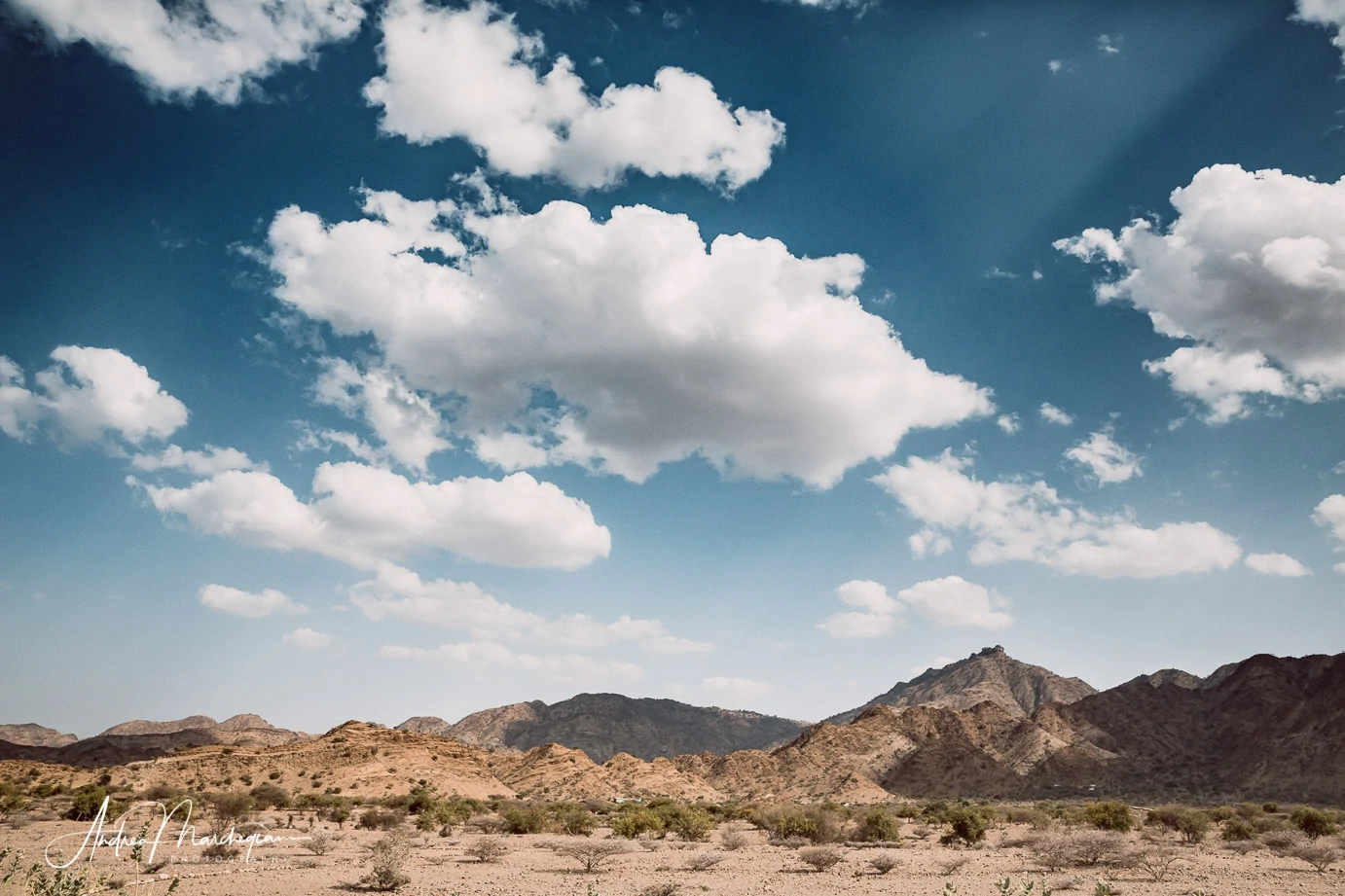
Asso Bhole and Saba Canyon
Asso Bhole is an Afar village in the heart of the Danakil depression in Ethiopia. Camel caravans heading to the salt flats take a rest stop here before climbing up the Saba Canyon. Asso Bhole is the last supply point for water. It is marked on the maps and has an almost mythological past. Pastoral nomadic tribes live here during the freshest months of the year, but leave this place in summer, as the temperatures exceed 50 degrees.
The few bush huts we find when we arrive are exposed to exasperating temperatures, with a minimum of 35 and a maximum of 50 degrees.
There is no drinking water, no toilets of any kind. Just sand and sun, in every direction. Since I arrived in Danakil, I have noticed my skin does not sweat at all. Even though I try to drink as much as possible, my body stopped leaving fluids to the environment. Even the urge to pee is pretty much gone. In this place you don’t sweat, you evaporate.
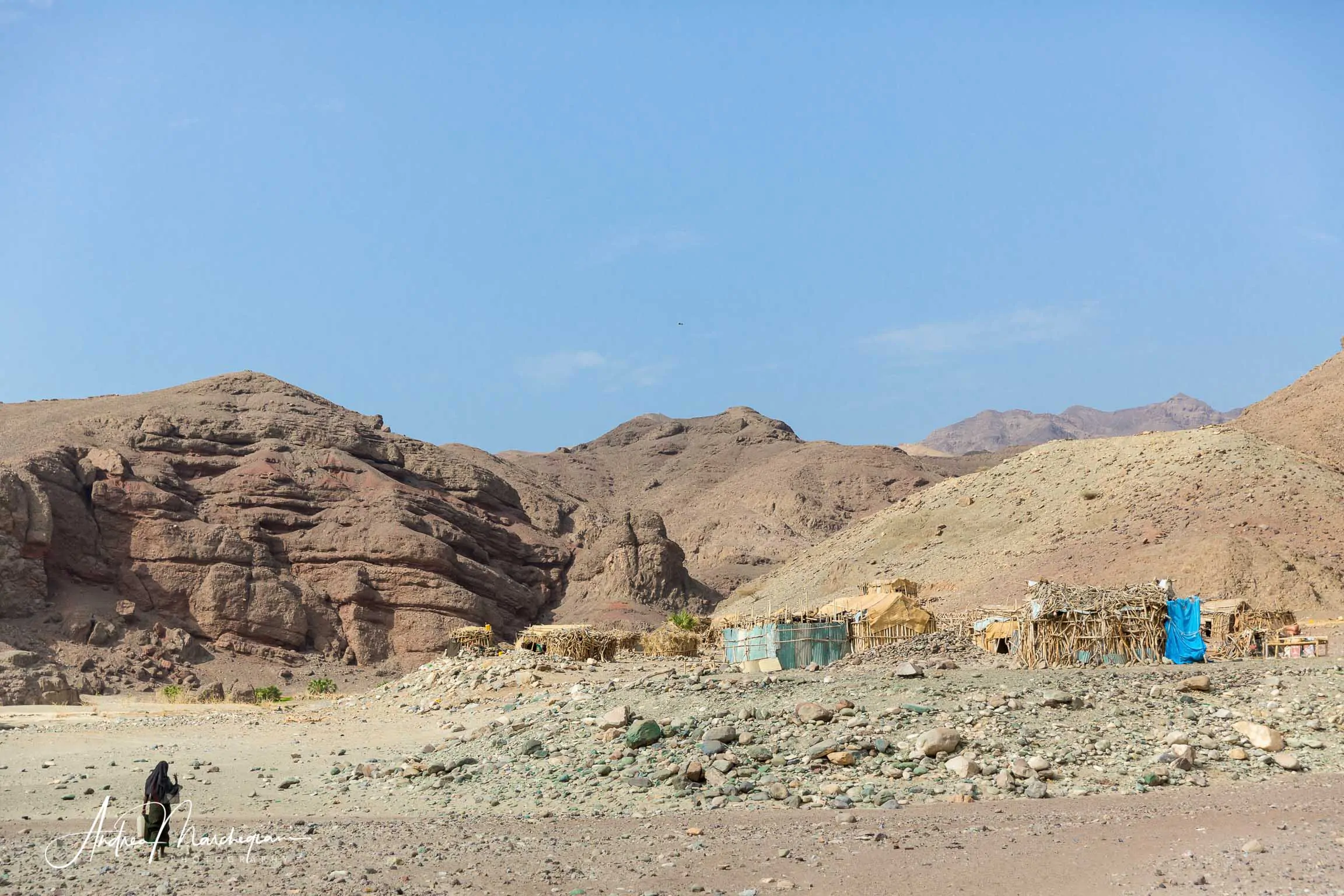
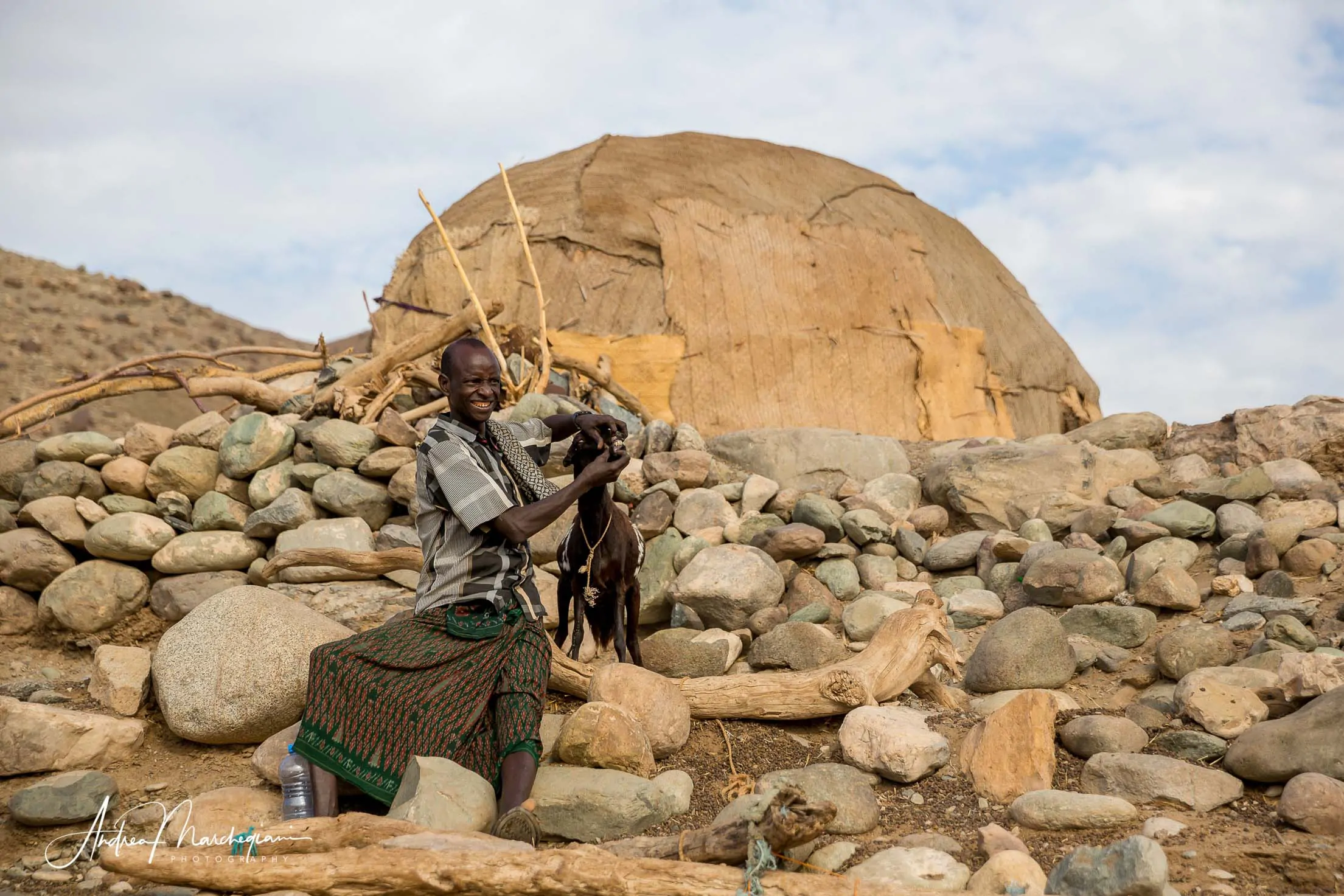
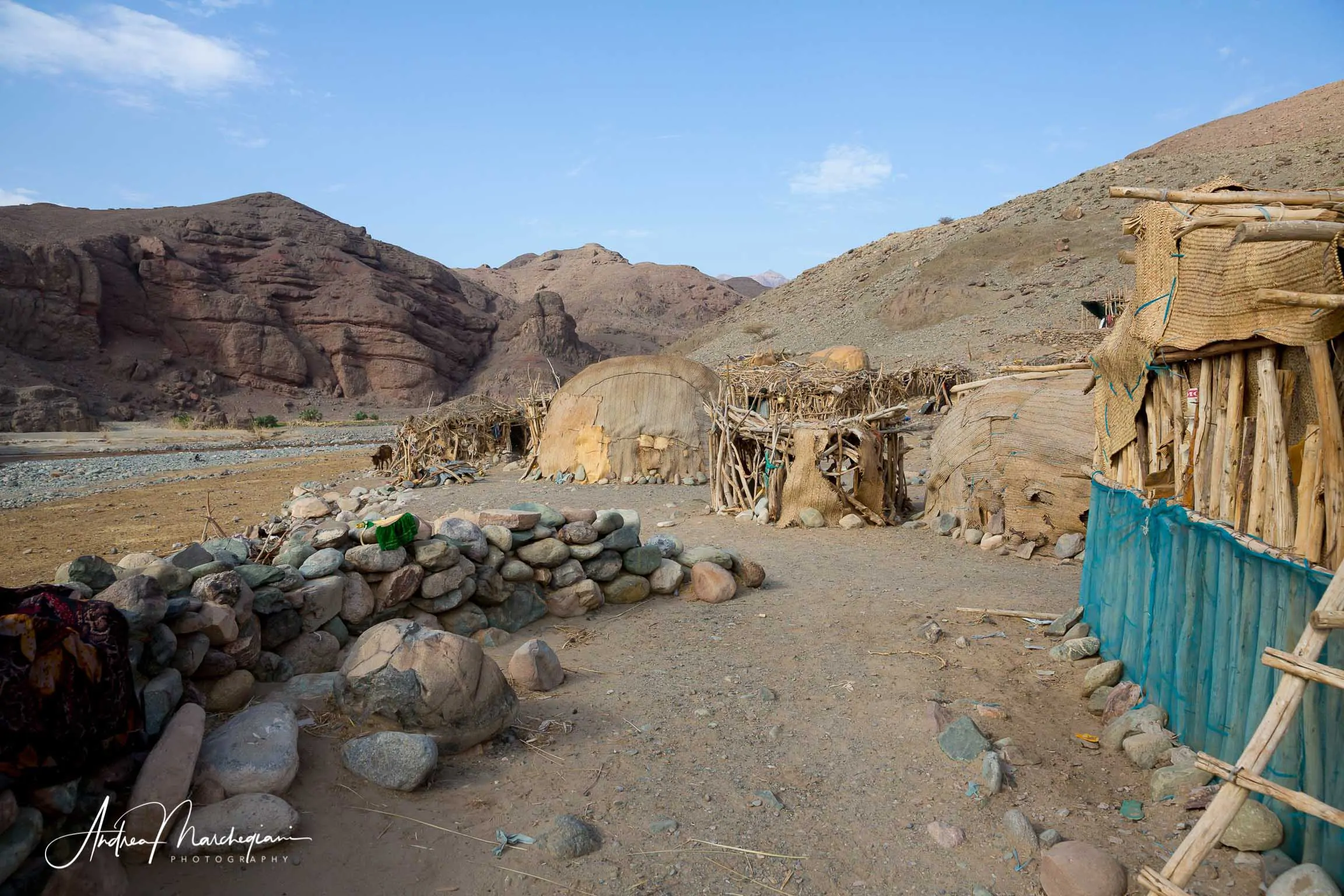
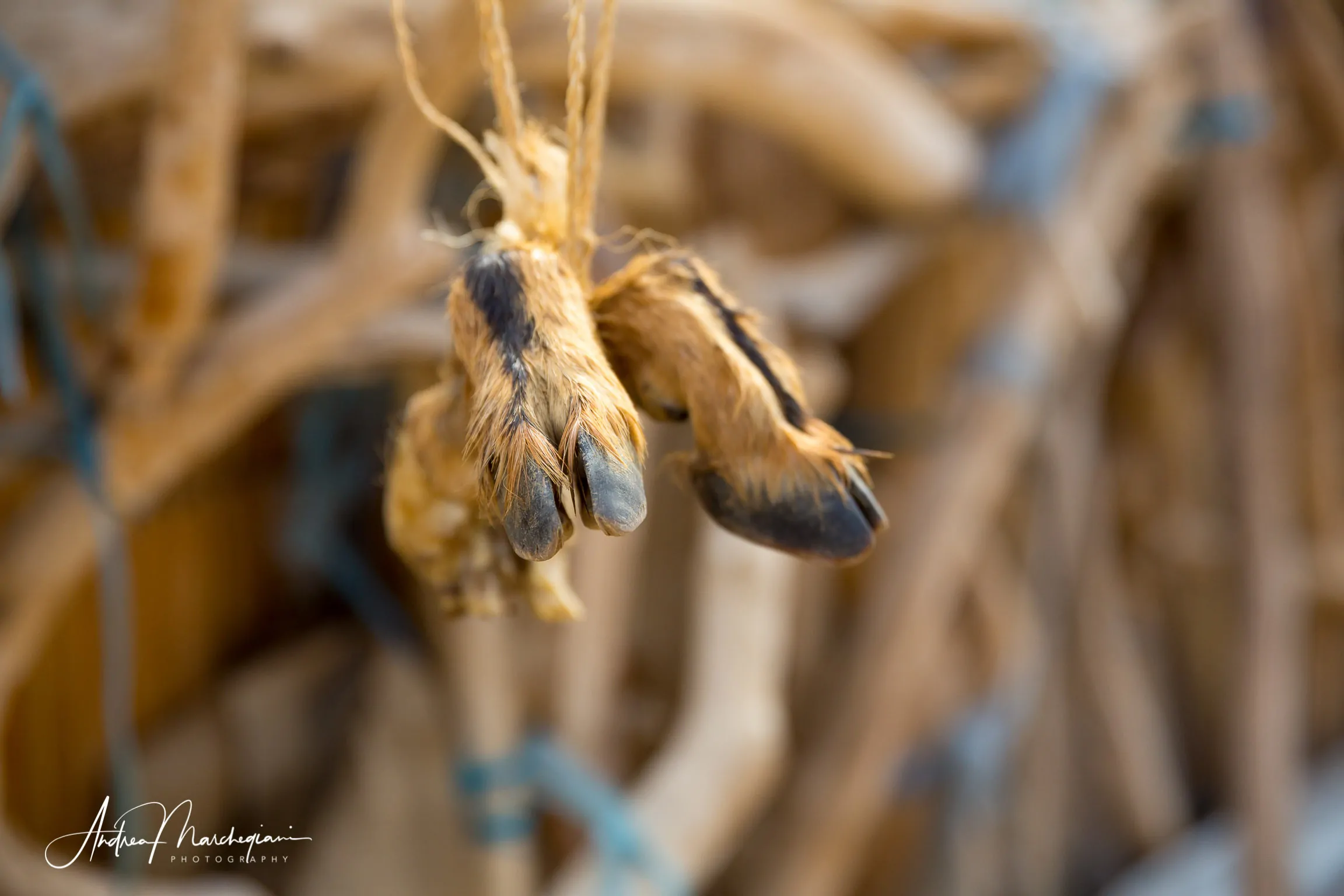
Being a woman in Asso Bhole
We enter the small village of Asso Bhole and meet only women. Men are all outside, probably grazing animals. We don’t see a blade of grass around the village, for miles. What do they feed their cattle on? Our guide tells us that the desert is dry and empty to foreign eyes, but it surprises its people with unexpected gifts. Curious to meet us, a few girls approach us puzzled and intimidated. I wonder what it must be like growing up at Asso Bole. How do they treat a toothache? What happens if appendicitis occurs? I’ve been here four days and I’ve got a rash on my face, red eyes secreting pus.
A young woman comes out of the hut and observes us from the shadows. Is she already married? How do women give birth in Asso Bhole? Our guide shares a few words with the young woman, then indicates a four-to-five-year-old child. “She was orphaned”, he tells us. “Her mom is dead”.
Australopithecus Lucy, mother of humanity
I haven’t talked to Asso Bhole’s women much. I’ve mostly been watching them. In minutes, their old looks have sealed my soul. There is something tenacious and proud in their eyes. It is no coincidence that Ethiopian women are considered the progenitors of all humanity. The oldest biped with an upright gait was found here in 1974. She was a woman, Lucy. She lived in the Afar region 3 millions years ago.
That means I’m a little African myself. We all are. I wish I could thank these strong, stubborn women who are struggling to live in one of the most inhospitable places in the world. But I’m too intimidated. I stand before a fundamental piece of human history.

